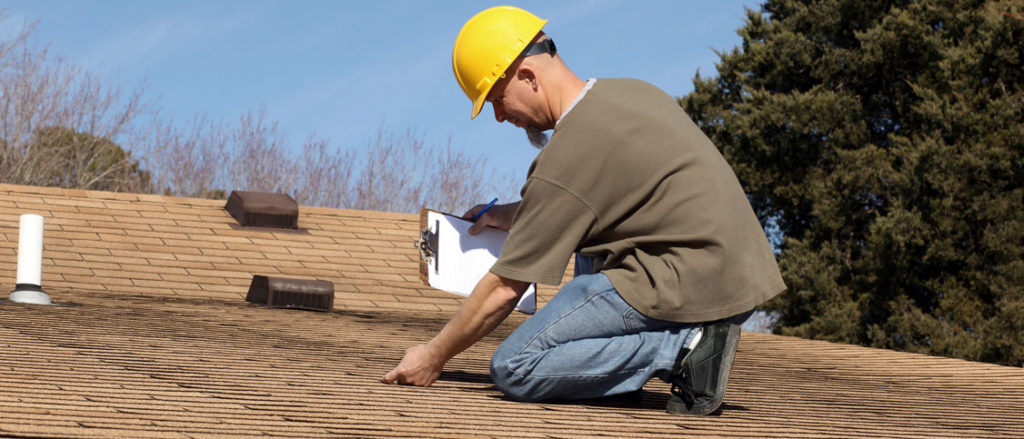As we step into the year 2024, the roofing and construction industry is prepared for innovative innovations and changes that homeowners together must not ignore overlook. By leveraging improvements in tech innovations, sustainability, and aesthetics, choosing the best roofing system has never been more critical. Whether you're considering a roof replacement, tackling fixes, or looking into maintenance options, being aware of these developments will empower you to take informed choices for your property.
In this article, we will delve into the top ten roofing developments that are shaping the sector this 2024. From the benefits of eco-friendly materials to the importance of routine check-ups, we will address essential subjects that all homeowner should be aware of. By keeping up about these developments, you can enhance the durability, efficiency, and visual appeal of your rooftop, ultimately safeguarding one of your most significant investments.
Roof Renewal Essentials
While thinking about a roof replacement, it’s essential to identify the indicators that suggest it is time for a fresh roofing. Homeowners should be aware for indicators including visible bending, notable shingle damage, or widespread water damage. When your roofing is nearing the close of its lifespan, which can range widely from 20 to 50 cycles depending on the roofing, it’s sensible to consider a reroofing. Regular evaluations can help identify these concerns early and stop costly fixes down the line.
Choosing the best roof material for your house is a key aspect of the replacement process. Selections vary greatly from standard bituminous shingles to long-lasting metal roofing and architecturally pleasing keramisch options. Each material comes with its unique set of advantages and disadvantages, like expense, durability, and ability to extreme climate situations. A comprehensive grasp of these materials will enable you make an informed decision that fits both your budget and your building style.
The monetary aspect of roofing replacement is another important consideration. Householders often ask, "How much does a fresh roof cost?" Factors impacting this price are the size of the roof, the category of roofing option chosen, and further options including light wells or air circulation mechanisms. It is advisable to collect multiple bids and evaluate the long-term advantages of various roofing systems—occasionally investing extra at the start can bring greater cost savings and reduced upkeep in the long run.
Frequent Roofing Challenges
Roofs presents many issues that homeowners must be aware of to maintain the integrity of their property. their explanation is climate harm, which can occur due to storms, gales, hail, and intense snowfall. Each of these elements can significantly compromise a roof’s integrity, leading to leaks and other critical problems. Understanding how to manage storm harm is vital for homeowners, and routine roof evaluations can aid in detecting potential flaws before they worsen.
Another common challenge is the longevity and erosion of roofing materials. Various materials have varying durability, and knowing how long a roof lasts based on its composition helps homeowners prepare for pending replacement. For instance, asphalt tiles typically last about 20 years, while metal roofs can last beyond 50 years with appropriate maintenance. Homeowners should also be informed on the indicators that indicate their roof needs repairs or replacement to avoid expensive setbacks.
Additionally, choosing the right roofing material can be daunting due to the variety of selections available. Elements such as climate, aesthetic, and financial constraints will influence this determination, but homeowners may have trouble to evaluate the pros and cons of materials like asphalt versus metal roofs or the positives of tile roofs. Understanding these nuances not only aids in smart decision-making but also ensures sustained satisfaction with their roofing expenditure.
Next-Generation Roofing Innovations
The roofing sector is witnessing remarkable innovations that promise to revolutionize how we perceive about roofing. One of the most important developments is the incorporation of photovoltaic technologies, making solar roofs more attainable and visually appealing. These structures not only offer protection but also harness solar energy, contributing to power savings and sustainability. As homeowners become more environmentally aware, solar roofing is set to play a crucial role in minimizing reliance on conventional power supplies.
Another significant movement is the innovation of cutting-edge roofing materials that enhance resilience and functionality. Producers are increasingly focusing on materials that withstand harsh weather elements, making sure roofs can withstand severe damage and environmental challenges. This includes advances in metallic and synthetic materials, which provide superior durability while minimizing maintenance needs. These improvements mean homeowners can enjoy calm of mind and reduced repair costs over time.

Additionally, intelligent roofing technologies are on the rise, changing roofs into interactive systems that monitor and control parameters. These smart roofs can detect leaks, monitor temperature fluctuations, and even optimize energy use based on real-time data. As innovation continues to advance, we can anticipate these innovations to become more common in home and commercial roofing, enhancing the overall standard and safety of our habitable environments.
